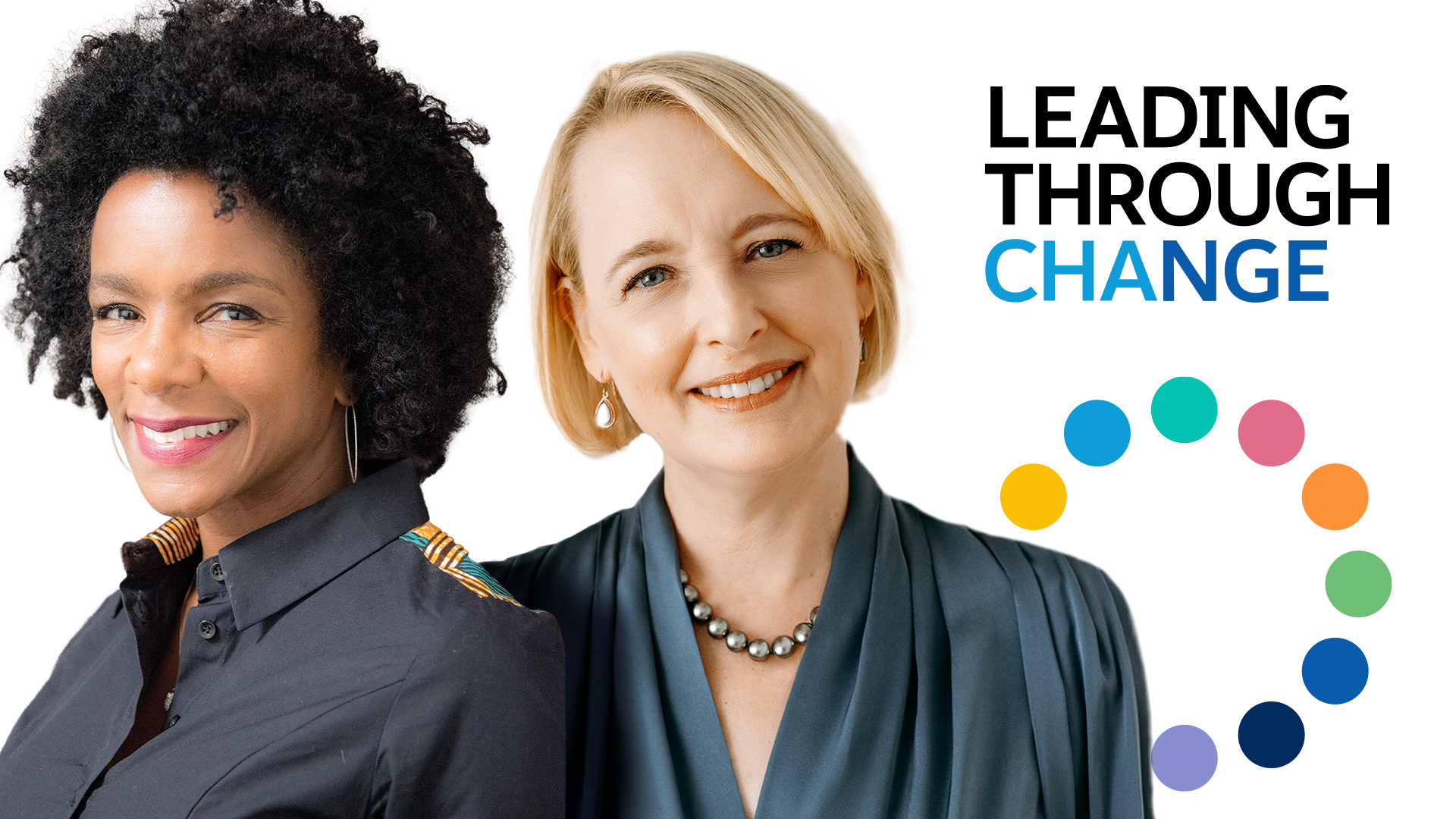How T-Mobile Became the #2 U.S. Telecom – and Increased Market Share 5X in a Year



This is how the T-Mobile President and CEO increased market cap to $165 billion, jumped from 20 to 100 million customers, and increased the company stock price 70%.

Karen Solomon
“Every leader comes into a company and has to put their own blueprint on it,” said President and Chief Executive Officer of T-Mobile, Mike Sievert. And what a mark he has made. Since he assumed his position a year ago – two weeks into lockdown and the day T-Mobile merged with Sprint – he has led his team toward, “the best results in the history of our company.”
In conversation with Salesforce’s Gavin Patterson, Sievert shares how values and vision – and a deeply-entrenched customer-centricity – have taken T-Mobile from 20 million to more than 100 million customers, from a “single digit” market cap to more than $165 billion, and a 70% rise in stock price. They overtook AT&T to become the number two consumer telecom in the industry, and they’re not slowing down. “We think we’ve got a lot more customers we can help, and we’re focused on that.” Read on for Sievert’s thoughts on 5G, and his philosophy on practices that benefit the customer most.
Here are a few highlights from this episode of Leading Through Change:
What are the roles of partnerships and innovation in the future of 5G?
Partnerships are going to be central. Ultimately, it’s all going to be up to the imagination of innovators everywhere and what they do with the technology. We’re here to be a catalyst for that innovation.
When I look back to when 4G was being brought to market by our industry, 2010 to 2020, we didn’t know how the world would use it. The world wasn’t even smartphone-centric. They were picture phones. Remember those? You could text and you could take pictures. And we really thought that 4G would be about loading pictures faster on picture phones. We couldn’t yet imagine a world of big, flat smartphones with huge screens and interactivity.
4G technology would unlock incredible innovation. And it would create the world’s most valuable companies (Apple, Google, Amazon, and others). It would also unlock innovation from companies in garages that have changed the way we live, like Instagram, Uber, and Tinder.
5G is likely to bring about the same amount of innovation – but on a grander scale. It’s about massive connectivity and being able to connect an incredible amount of devices at one time. It has better battery use, lower latency, faster network response times, massive capacity and, of course, the speeds that are so often discussed because they are many, many times faster than 4G.
Now the question is, what happens? What do innovators do with all this?
Our job is to position our network to be the one they want to innovate around. We want to make sure that 5G reaches as many places in this country as possible, with true changes in speed and capacity – like 10X faster connections than people’s WiFi – but in their pocket, everywhere they go. That’s just so transformational. And we don’t know exactly where it will go.
The telecom industry is known to spend on technology, but you spend on both tech and customers. What’s your strategy?
We use industry standard network technology. The handsets in our customers’ hands come from some of the biggest and most successful companies in the world. They transmit across pre-agreed protocols that aren’t of our invention. Ultimately, what we do is aggregate all of these standard technologies and create something that’s really important, and it’s called a better experience. It’s really our aspiration to be better at that than any other company in the world, in our space, and to build a brand as a result that customers love.
That’s what drives us in this company. We’ve been at this for a long time now. In 2012, we decided to become “the Un-carrier” – of being unlike every other company in our industry.
One of the first things we did was banish contracts. Banish the idea of a two year prison sentence with a carrier, and you can’t leave unless you pay a giant penalty. Or the idea that you can’t upgrade your phone. At the time 4G was taking off years ago, companies were telling customers, “Oh that fancy new iPhone? You don’t deserve it. Other customers can have it, but you can’t.” Or the idea that you’d get off an airplane or drive across the bridge into another country, and all of a sudden your bill could be $1,000 a week. Instead, what we did is say the world is included in your rate plan that you already have for free.
Now, nearly 20 “Un-carrier” moves later – eight years later – we just keep listening to what customers are looking for. What are the pain points in this industry? There are still so many, and we just try to tackle them. Sometimes they’re difficult and it takes us a while. Sometimes it involves risk. When we make a big leap of faith in the customer, sometimes multiple billions of dollars of risk, we believe that they’ll invest back in us by choosing us and helping our market share grow.
Talk to us about delivering customer-first service
Our strategy is to put customers first, and to change the rules of the industry in their favor. We listen to them and make changes that they’ll appreciate. We believe that if we make an investment in customers, they’ll make an investment back in us. That’s our formula. It’s so simple and easy to say, but it turns out that it’s hard to do.
It takes a culture of tens of thousands of people who are just passionately committed to serving customers and creating an environment where we can support each other and do our best work. It’s who we hire, it’s what we value, and it’s who we promote. It’s what we celebrate in the company.
Our vision as a company is to be the number one in customer choice, but it’s also to be number one in customers’ hearts. We think that’s ultimately what makes us different. It’s the secret sauce of this business.
This post is the latest installment of Leading Through Change, our video conversation series with industry and thought leaders who use Salesforce products to transform the way they work.
























